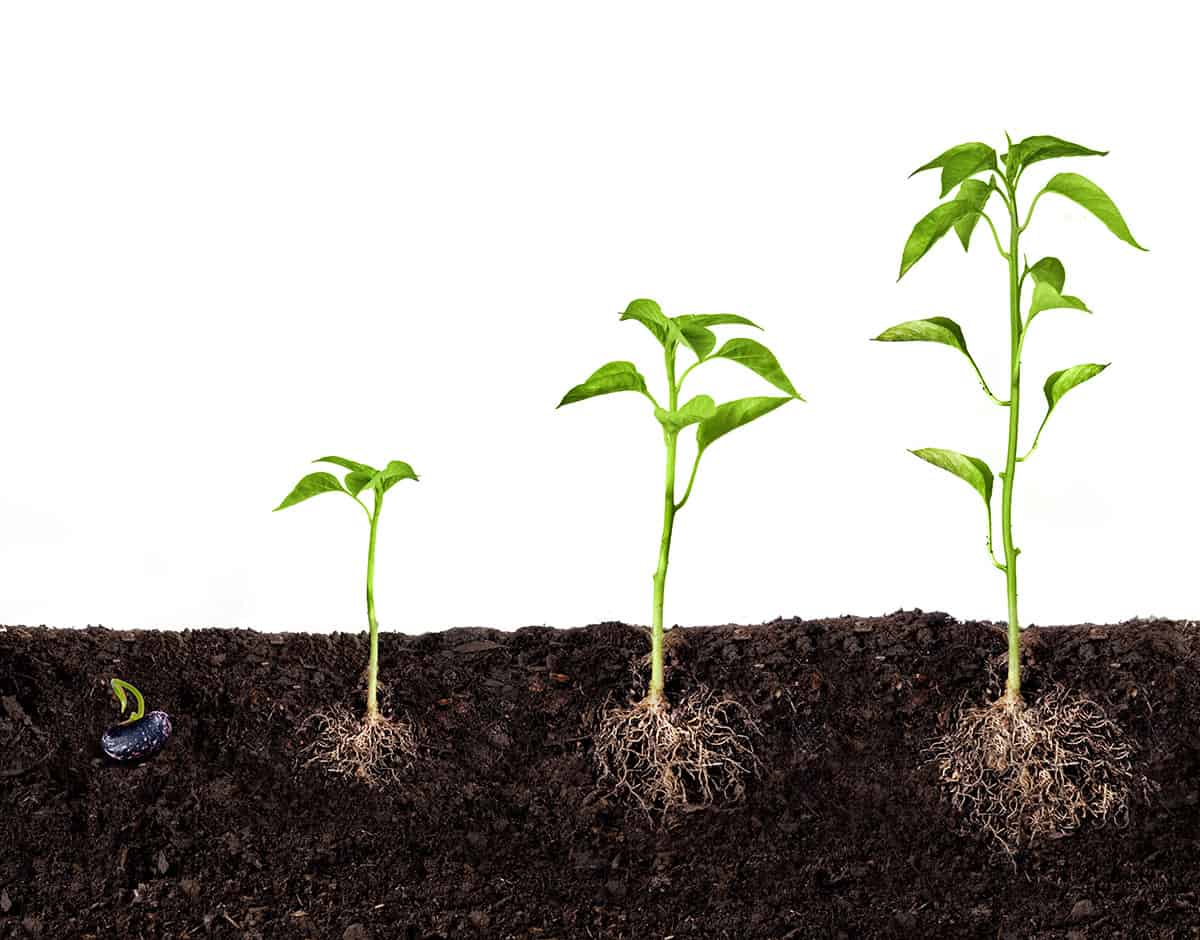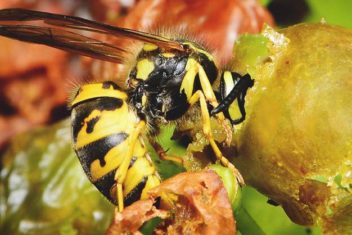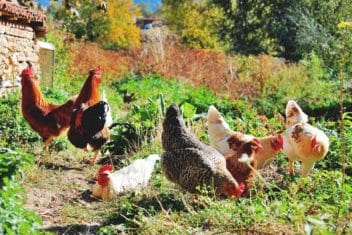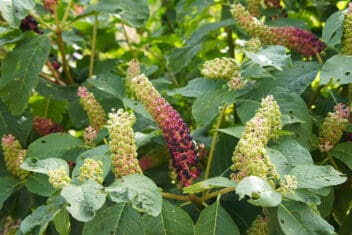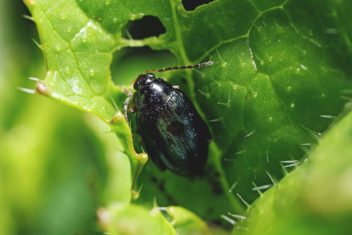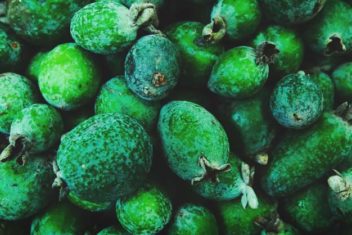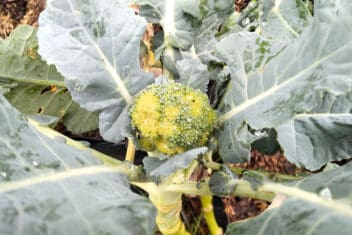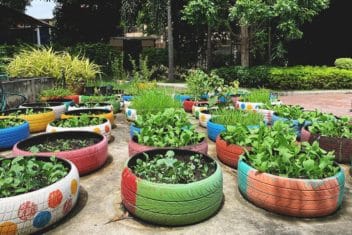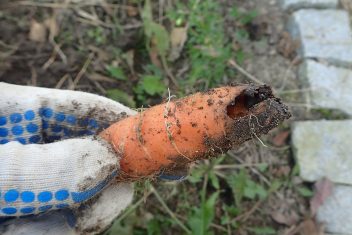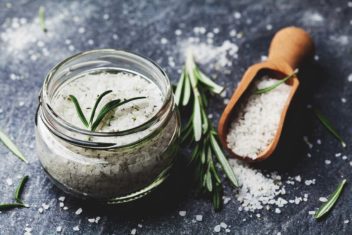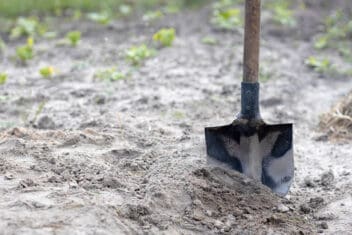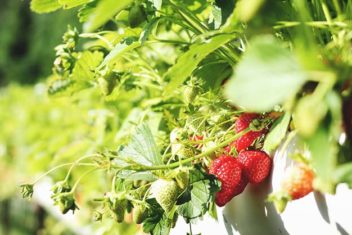When it comes to food gardening, one of the greatest joys is how rewarding the process can be. There’s a startling sense of satisfaction when peas sprout in mere days, or when the first radishes come out of the ground. With perennials, however, that gratification is seriously delayed.
By years, in fact.
Let’s take a look at the perennial life cycle so you can get a better understanding of what to expect from your plants and how to help them thrive.
Understanding How Perennials Develop
As you may have inferred from this article’s title, the first few years of perennial plant development adheres to a “sleep, creep, leap” effect.
Annual plants live out their entire life cycle in a single year. As a result, they take advantage of every second they have available to them, so they can grow, produce fruit, and go to seed within the span of a few months.
Some common garden annuals include tomatoes, carrots, cucumbers, and lettuces. All die off after they’ve produced, and need to be re-sown the following season.
In contrast, since perennials live so long (hence their name), they can—and do—take their time to mature.
Enthusiastic new gardeners who are eager to get a long-term food forest established can get quite discouraged by their perennial vegetables, herbs, and fruits. Yes, the long-term rewards will be spectacular, but it generally takes three years before they’ll start to produce enough for a proper harvest.
This can be quite frustrating, especially if you’re champing at the bit for a lush food forest garden of your own. Hopefully, we can help you get a greater understanding of what goes on during their first few years, what to expect, and how to help them thrive.
Year One: Sleep
When most of us plant seeds in our gardens, we check on them daily to see whether they’ve germinated or not. There’s that giddy little thrill that happens as soon as the first green bits start to push up through the soil, and we know we’ll see monumental growth pretty much immediately.
As such, it’s frustrating and disheartening when we check on our perennials and… well, we really don’t see much at all, if anything. I’ve sown perennial seeds and haven’t seen so much as a weak seedling for at least two years.
If you’re planting seedlings instead of seeds in the hope of fast-tracking development, prepare for a whole lotta nope in that department too. The seedlings you plant might grow a little bit, or they’ll seem to be stunted—not bearing fruit, not developing much leafy growth. Just sitting there.
This is because the first year’s growth all happens beneath the soil’s surface.
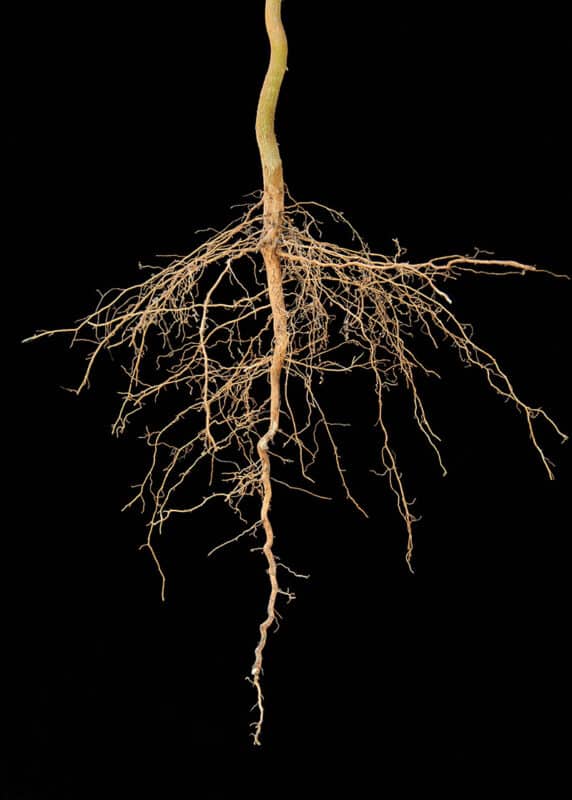
Year one, when those plants appear to be sleeping, they’re developing their elaborate root structure. Some gardeners compare this to the sheer amount of sleep that babies need during their first year. Your plant babies are growing and developing while they appear to be dozing too, but you just can’t see it happening.
Trust in the fact that this is a good thing! You may not be able to see all the growth going on, but establishing their incredible root network is what will allow them to thrive and produce for years to come. Just have faith, and try to be patient.
Year Two: Creep
You know that giddy little thrill when the first cherry tomato ripens on the vine? Or you pick a couple of skinny spring chives before anything else in the garden has matured? That’s the same kind of feeling you’re likely to get when your perennials start to pop up in their second year.
This is the “creep” effect.
If you planted seeds, your sleepy adolescent plants will poke out of the soil’s surface here and there to get a sense of what’s going on.
For example, if you’ve planted asparagus, you might only get a decent handful of spears this year.
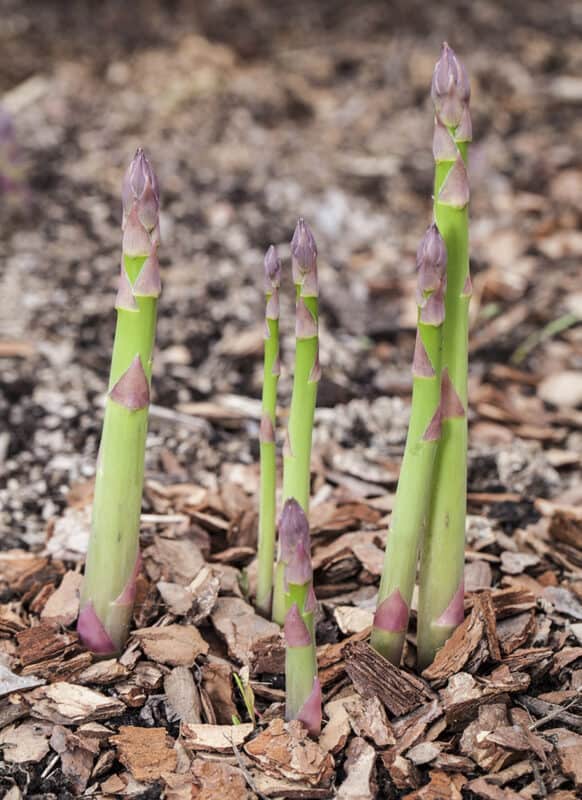
That’s just enough for an omelet or two, and you’ll still get that “squee!” effect. Just keep in mind that their root systems are still establishing themselves, so don’t get your hopes up about an ample harvest.
If you’ve planted young berry bushes rather than seeds, you’ll probably get a few small fruits here and there.
Year Three: Leap
Brace yourselves, because all the work you’ve put in over the past few growing seasons is finally going to explode into action. And when we say “explode”, we mean it. Depending on the species you’ve planted, your harvests will likely range between “yay!” and “OMG what am I going do to with all of this??”
Seriously, get your canning supplies in order, because you’ll need them.
It’s now year three, so your plants have had oodles of time to stretch their toes deep into the earth. Now they’re ready to start leaping into action, providing you with some rather spectacular bounty.
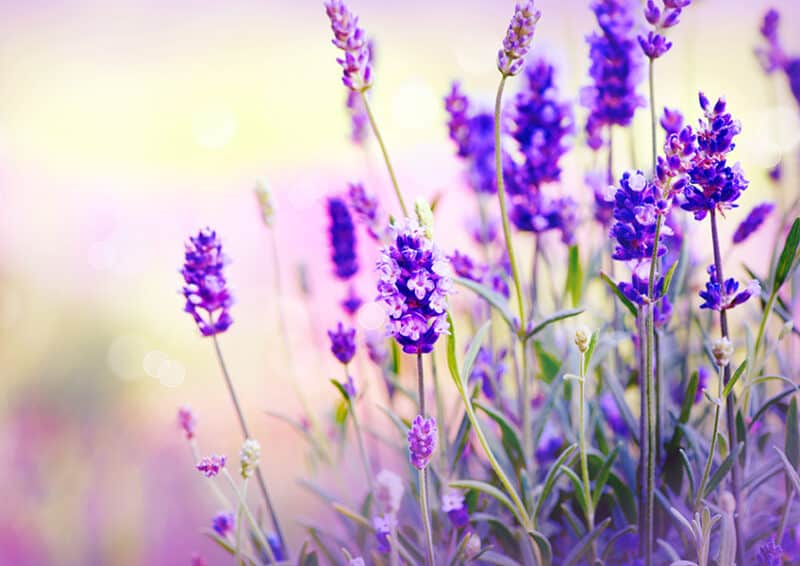
They’ll be able to draw from all the energy and nutrients they’ve been stocking up on for the last couple of years and may go a little overboard with their flowering and fruiting.
You can still offer them fertilizer at this time but aim for more specific nutrients. Are you growing perennial greens, like claytonia? Then provide them with a bit more nitrogen.
Will your plants be flowering or fruiting? They’ll need a boost of extra phosphorous and potassium.
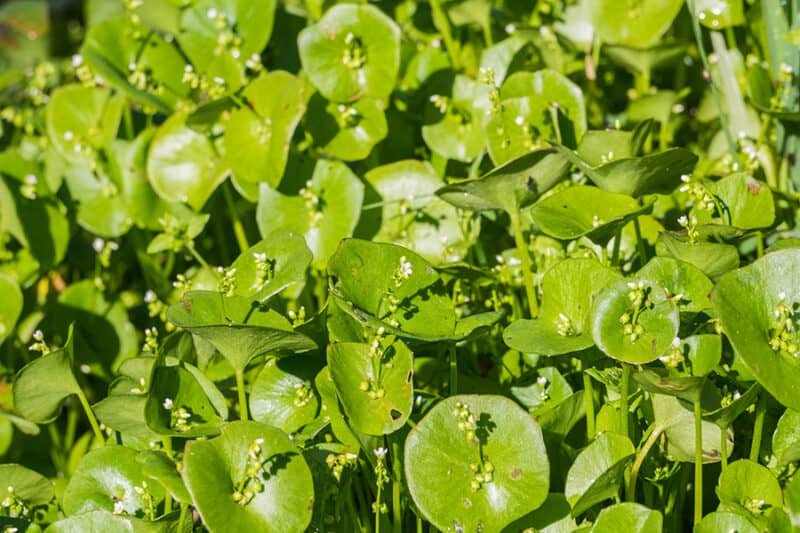
Prepare to Be Delighted
Many people are quite shocked when their perennials hit year three, because they’ve grown accustomed to the paltry offerings the past two years gave them. I can well relate to this.
My jaw just about hit the floor when my berry bushes exploded, and my sorrel beds overflowed into the yard.
There’s often more abundance than you may know what to do with. You’ll be eating really well at this point, and you might want to do some research ahead of time for some fabulous jam and pickle recipes.
In addition to canning and freezing the harvest, consider giving some away to local food banks, or demanding that friends and family take some with them whenever they visit.
I wasn’t prepared for how abundant my garden would be in year three, so please, learn from my mistake! Get yourself a chest freezer if possible, stock up on mason jars for your pantry, and don’t let any of that gorgeousness go to waste.
Give Your Perennials a Good Head Start
Cultivating perennials is a wonderful way to ensure that you and your family will be well-fed for several years. After all, once established, those perennials trees, bushes, plants, and herbs will keep coming back for decades.
You can help them grow as healthy and strong as possible by providing them with the best possible environment. Do your research ahead of time to find out what their ideal soil and sun requirements are, so they won’t struggle with less-than-stellar circumstances.
Leave them be during their first year, but protect them well over the winter. You can use mulch, straw, cloches, or cold frames, depending on your growing zone and how fierce the colder months get.
Then, offer them regular, equally balanced fertilizer during their second year. A 10-10-10 N-P-K ratio is ideal, every few weeks during the growing season.
As we’ve covered, however, it does take at least three years before you’ll be able to harvest enough to feed everyone properly.
Are you creating some permaculture fruit tree guilds?
If so, you may discover that the species you’ve chosen for the understory and ground cover will mature more quickly than the fruit-bearers at center stage! That’s absolutely okay: all will balance out in time.
Diversify Your Garden Portfolio
Be sure to plant plenty of annuals and biennials while you’re waiting for your perennial plants to take hold. This way, you’ll get the immediate gratification from a successful harvest, while enriching your soil and building your long-term edible garden.
You can plant annuals in the same beds as your perennials, provided that the soil is well nourished after you’ve harvested them, and you’re not planting deep-rooted species. For example, don’t plant carrots alongside perennial spinach, or you’ll disrupt the latter’s underground development.
If you’re going to stagger your crops with successive plantings, please also ensure that you choose companion plants that are beneficial, rather than detrimental to the perennials you’re cultivating.
As we’ve said, there’s a lot going on beneath the soil, and the chemicals that certain plants release may hinder—or even harm—other species’ development.
Additionally, keep an eye on how your perennial vegetables, herbs, and berry bushes produce after their fifth year or so. If you find that they’re starting to look peaky, or aren’t as prolific, that’s a sign that their root systems may be overcrowded.
Take that as a cue to divide them and spread them out a bit around your property. This will have the dual effect of expanding your edible garden, and making your plants a lot happier and healthier.
